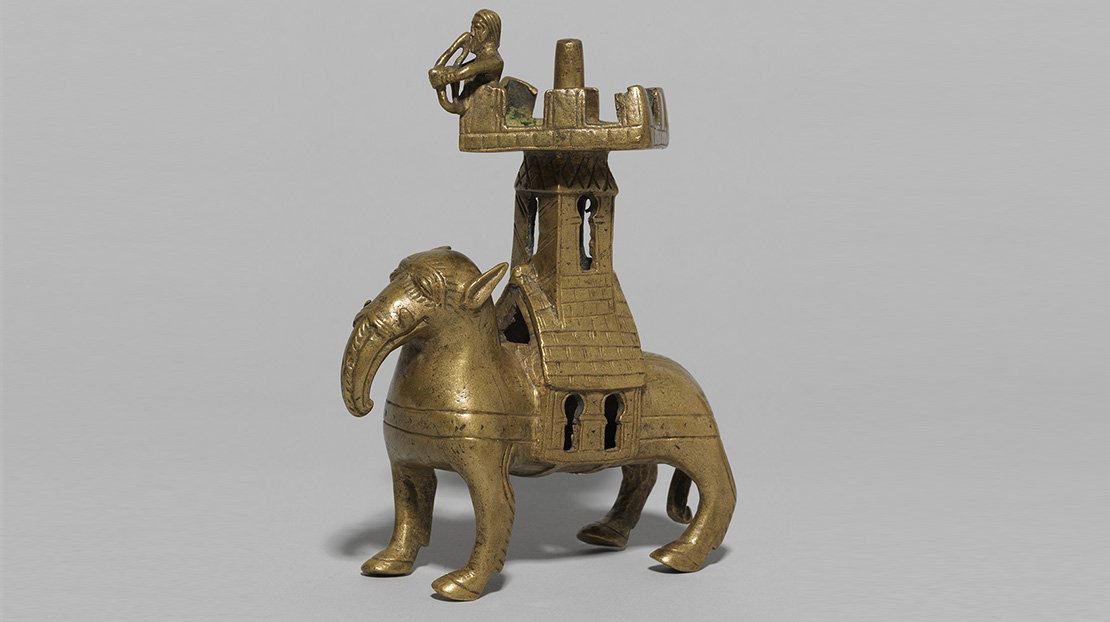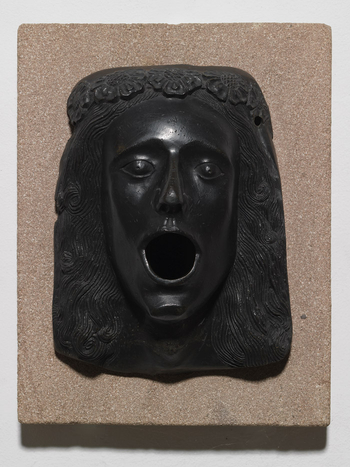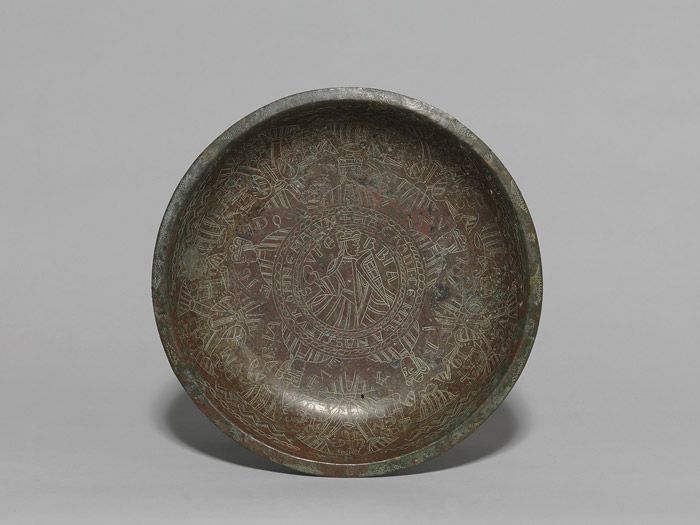Medieval bronzes in the Germanisches Nationalmuseum
Project duration: 2001 – 2011
Publication date: 2013
Medieval bronzes are a special field within arts and crafts, richly represented in the Germanisches Nationalmuseum. The term bronze is here interpreted in its traditional terminology, i.e. works cast from copper alloys that consist of copper-tin and copper-zinc alloys.
Besides a few large scaleworks – figures and bells – the collection consists primarily of small bronzes, from altar crucifixes, candelabra, censers and aquamanilia, to mortars and jewelry. The functions of these objects, which stem from the Carolingian age to ca. 1500, range from the sacred to the profane; the variety of forms from the freestanding figure to the plain utility appliance. The technical execution is as varied as that of the delicate objects of goldsmiths and the formally reduced works typical of medieval foundries, which however constitute their attraction.
According to the collection principles of the Germanisches Nationalmuseum, the geographic area is concentrated on the German language region. This however coincides with the tradition of medieval bronzes which survive there in greater concentration.
Publication:
Ursula Mende. Die mittelalterlichen Bronzen im Germanischen Nationalmuseum. Bestandskataloge des Germanischen Nationalmuseums. Nürnberg 2013. Best.-Nr: 753
Project management
Dr. Ursula Mende, associate scientist
Patronage
Further Objects

Information and Services
Plan Your Visit
Opening Times
Location and Approach
GNM Museum Shop
FAQ
Library
Branches
Contact



